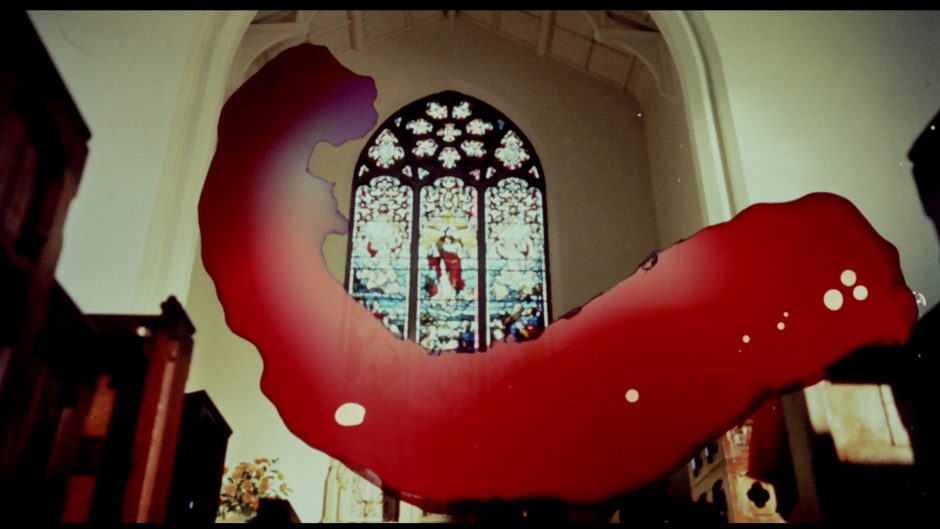An Arts and Humanities Research Council-funded project based at the universities of Bristol and East Anglia
This project (research undertaken in 2016-19) investigated the impact of Eastmancolor, a film stock introduced by Kodak in the 1950s, on British cinema. As a relatively cheap, ‘monopack’ stock that could be used in any camera, Eastmancolor revolutionised the ways in which colour films were made. Over the next thirty years colour filmmaking came to dominate sound cinema for the first time. The project’s focus was on how British cinema, its filmmakers and other professionals adapted to one of the most important technical innovations in film history. It explored British cinema’s response, at first confined to a few genres, before fully embracing the economic and aesthetic advantages of colour filmmaking. It identified key genres and films, personnel who experimented with colour and significant issues relating to the preservation and restoration of colour films. The project achieved a greater understanding of the significance of colour in British film history and culture while contributing to knowledge about the state of Britain’s colour film heritage.
The project team examined three key phases of development, providing an opportunity to fully document and examine the emergence of a rich corpus of colour production in mainstream, short/instructional/amateur and art cinema. The project was designed to highlight three interrelated major themes: Economic and Industrial perspectives; Intermedial Aesthetics; and Film Restoration. The project team produced data on British colour films, their financial histories and why particular companies were attracted to colour after decades of black-and-white production. Colour’s relationship with other key technological developments including Widescreen and 3-D cinema were also investigated, as well as colour’s role in attempts to compete in international markets. The influence on cinema of developments in colour production in other media such as advertising, publishing, fashion, painting and design was a leading thematic approach.
The project team interviewed a number of film practitioners to learn more about their engagement with colour aesthetics, as well as the British and non-British films which inspired their creative choices. The project also investigated the condition of surviving colour film prints, many of which are subject to fading and deterioration. The serious issues concerning the preservation and restoration of our photochemical colour film heritage was an important context for the project’s collaboration with the British Film Institute.
The project benefited from links with several other key organisations including Studio Canal, owner of an archive of British film prints from the period, the interdisciplinary UK Colour Group, BECTU (Broadcasting, Entertainment, Cinematograph and Theatre Union) and the East Anglian Film Archive. The team produced a number of outputs directed at academic and non-academic beneficiaries.
A book, articles and a conference drew attention for the first time to the rich chromatic range and heritage of British cinema during a key stage in its historical development. The production of several video essays provided an opportunity for the team to engage a wider audience, as well as public screenings and a workshop with the GB Colour Group. The practitioner interviews constitute a permanent record of interest to multiple users. Blog posts on this site continue to chart the team’s interest in colour, as well as showcasing additional research that was undertaken for the project.
